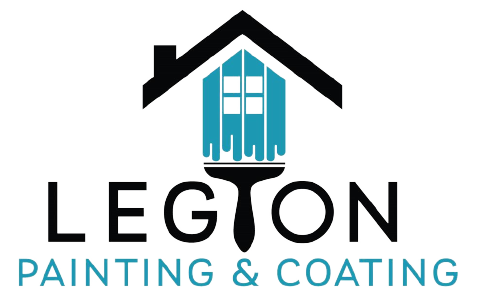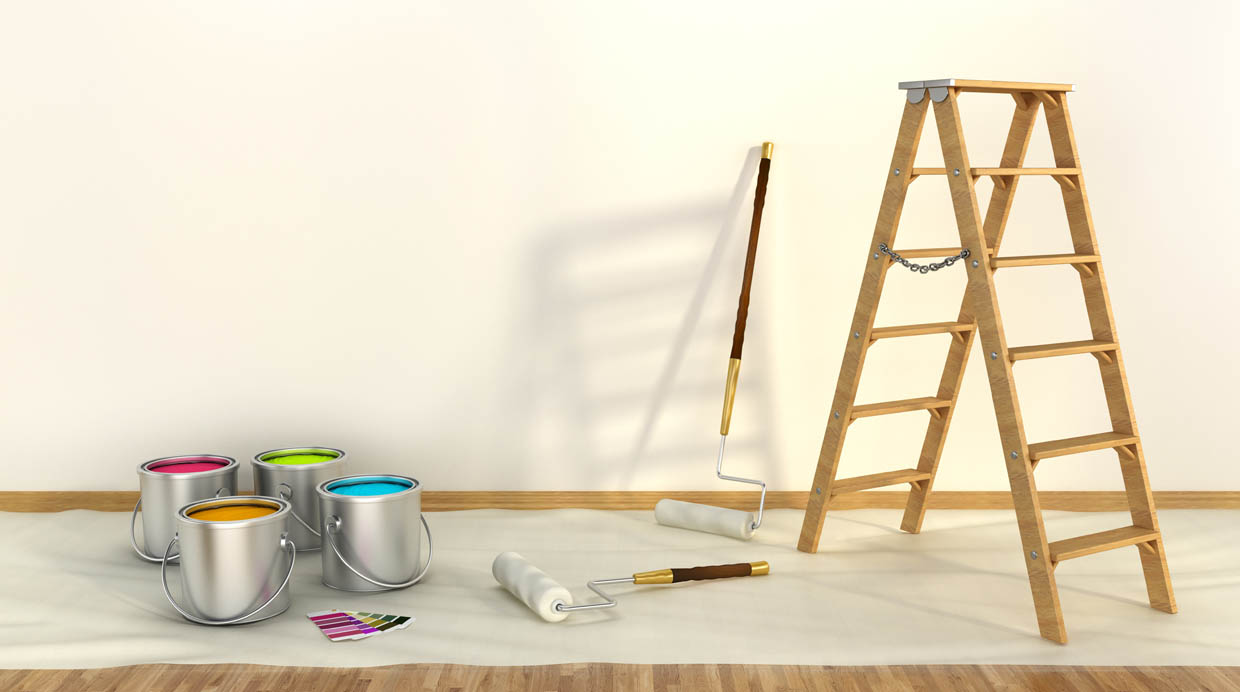Choosing the right paint for the interior of your home or business isn’t just about finding the perfect color to complement the décor but also about considering health and environmental impact. Nowadays, awareness of sustainability and concerns about indoor air quality have led to an increased demand for ecological and healthy paints. These options not only provide an environmentally friendly alternative but also promote a healthier indoor space for everyone. In this article, we’ll explore various options for ecological paint for interiors, highlighting their benefits and distinctive features.
Introduction to Ecological Paints:
Conventional paints often contain volatile organic compounds (VOCs) and other harmful chemicals that can release toxic gases into the air during and after application, leading to indoor air pollution and potential respiratory issues and other long-term health effects. Ecological paints, on the other hand, are formulated with natural ingredients and fewer harmful chemicals, making them a safer choice for the home and the environment.
Options for Ecological Paint for Interiors:
- Water-Based Paints: These are one of the most popular and ecological options available in the market. These paints have a water base and contain significantly lower levels of VOCs compared to solvent-based paints. Additionally, they dry faster and emit less odor, making them ideal for interior spaces.
- Low-VOC Paints: These paints are specifically formulated to minimize or completely eliminate VOCs, making them an excellent choice for those sensitive to chemicals or with allergies. They offer a wide range of colors and finishes without compromising quality or durability.
- Natural or Organic Paints: Crafted from natural ingredients such as clay, casein, vegetable oils, and mineral pigments, these paints are completely free from toxic chemicals. They offer great breathability to walls and create healthier environments.
- Recycled or Eco-Friendly Paints: Some brands have started developing paints using recycled materials or utilizing sustainable packaging, thus reducing their environmental impact from production to application.
Benefits of Using Ecological Paints:
- Health and Safety: Reduce exposure to harmful chemicals, promoting a healthier indoor environment for families or employees.
- Reduced Environmental Impact: By using natural ingredients and reducing VOCs, they contribute to environmental preservation.
- Quality and Durability: Despite their natural composition, these paints offer excellent coverage and durability, ensuring quality results.
Considerations when Choosing Ecological Paints:
- Verify Certifications: Looking for paints with ecological certifications like the EU Ecolabel or LEED certifications can ensure the authenticity of their ecological nature.
- Consultation with Experts: Sometimes, seeking advice from professionals in the field of ecological painting can help select the best option based on specific space needs.
Implementation of Ecological Paints: Aspects to Consider:
- Surface Preparation: Before applying any type of paint, including ecological ones, it’s essential to properly prepare surfaces for optimal and long-lasting results. This involves thorough cleaning of walls, removing dirt, grease, or previous residues. Removing old paint using scraping or sanding techniques is crucial to ensure a uniform base. Additionally, it’s crucial to repair any cracks, holes, or imperfections in the walls using appropriate fillers or compounds to achieve a smooth surface ready for the application of the new ecological paint. This preparation stage not only enhances paint adherence but also ensures a more professional and durable final finish.
- Proper Application: Following the manufacturer’s instructions is crucial for correctly applying ecological paint. Some of these paints may have a thinner consistency compared to conventional paints, so it’s important to be prepared to apply multiple coats to achieve the desired coverage. Depending on the type of ecological paint being used, different application techniques may be required, such as high-quality rollers for water-based paints or specific brushes for natural paints. Ensuring to follow drying time indications between coats is essential for achieving uniform and durable results.
- Ventilation Time: Properly ventilating the area before, during, and after paint application is essential to ensure a safe and healthy environment. Ecological paints tend to be less toxic than conventional paints, but it’s still important to provide good airflow while working with them. During application, opening doors and windows can help reduce odors and allow volatile components to dissipate more rapidly. After completing the work, continuing to ventilate the area for an appropriate period helps the paint to dry completely and minimizes the presence of persistent odors. This contributes to creating a healthier and more comfortable indoor environment for those inhabiting the freshly painted space.
Proper surface preparation, correct application, and adequate ventilation are crucial steps when working with ecological paints. These procedures not only ensure satisfactory aesthetic results but also promote a healthier and more sustainable environment inside painted spaces.
Conclusion:
In summary, opting for ecological paints for interiors not only contributes to environmental protection but also benefits the health of those inhabiting those spaces. With a wide range of options available, from water-based paints to those made with natural ingredients, the market offers sustainable and healthy alternatives to beautify any interior space. By making conscious choices when choosing the right paint, we’ll be contributing to a safer and more sustainable environment for everyone.
Ultimately, ecological paints not only visually transform interior spaces but also promote a healthier and more environmentally friendly lifestyle. When considering their application, it’s essential to follow the manufacturer’s recommendations and ensure that surfaces are adequately prepared for optimal results. Incorporating ecological paints is a smart choice for a healthier and more environmentally friendly home or work environment.





